15 Times Filmmakers Risked Everything by Using Live Animals
Using live animals in movies has always been risky. Before CGI made things safer, filmmakers chasing realism often ended up dealing with chaos, accidents, and unpredictable behavior on set. These 15 films reveal how far some productions went for authenticity, and how that pursuit sometimes crossed into real danger.
Roar (1981)
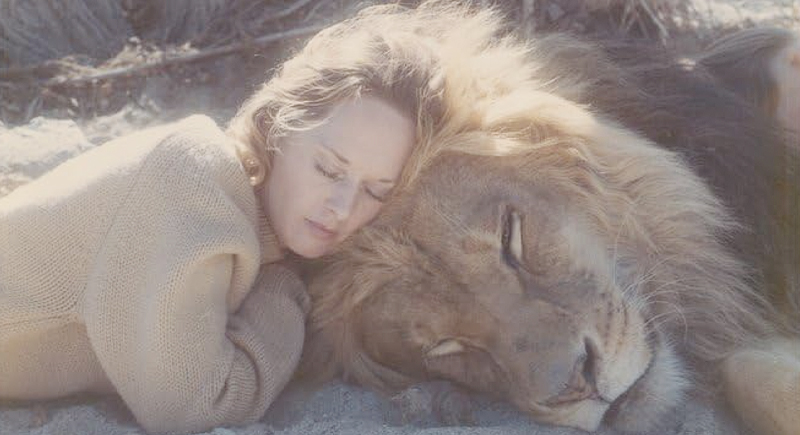
Credit: IMDb
Often cited as Hollywood’s most dangerous production, Roar starred Tippi Hedren and Melanie Griffith alongside more than 100 untrained lions and tigers. Over 70 people were injured during filming, including Hedren, who broke her leg, and Griffith, who was mauled. The tagline summed it up perfectly: “No animals were harmed. Seventy people were.”
The Birds (1963)
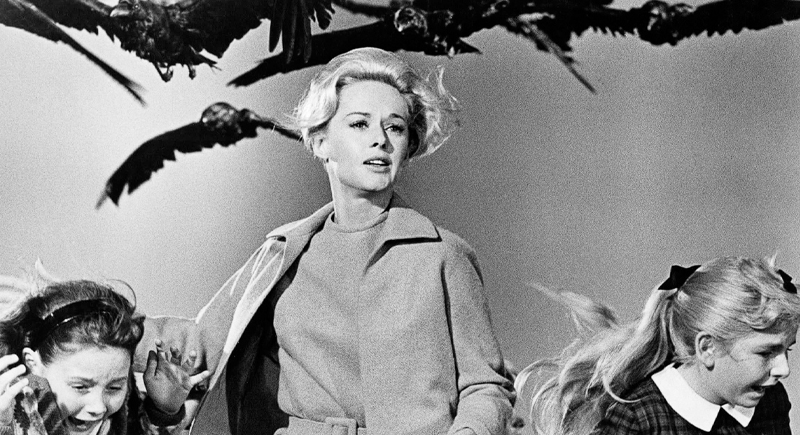
Credit: IMDb
Alfred Hitchcock initially planned to use mechanical birds but switched to live ones mid-production. Around 25,000 gulls, crows, and sparrows were used throughout filming. Tippi Hedren endured genuine attacks, including a facial cut from a swooping bird. The realism added intensity and helped The Birds become one of Hitchcock’s greatest thrillers.
The Ghost and the Darkness (1996)
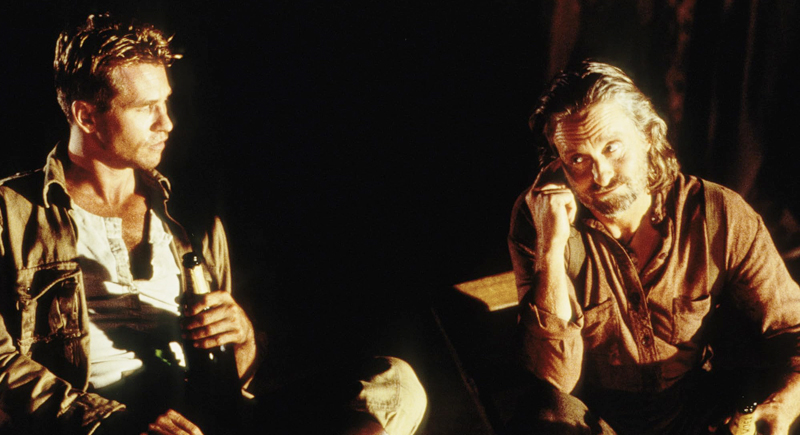
Credit: IMDb
While filming in Africa, The Ghost and the Darkness featured five trained lions portraying the real Tsavo man-eaters. Val Kilmer and Michael Douglas performed close to the animals under tight safety rules, while animatronics covered the most dangerous moments. Director Stephen Hopkins recalled lightning storms and on-set hazards that made shooting exceptionally difficult.
The Edge (1997)
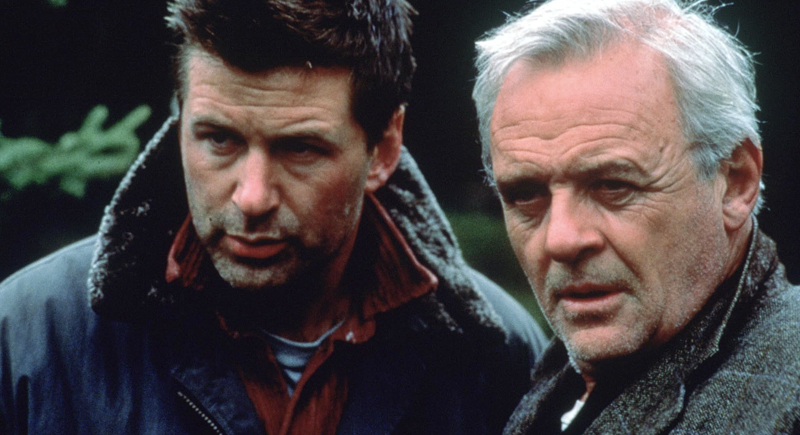
Credit: IMDb
Anthony Hopkins and Alec Baldwin filmed The Edge with Bart the Bear, a 1,500-pound Kodiak bear who also appeared in Legends of the Fall. Bart’s professionalism impressed the crew, who followed strict safety measures at all times. His natural behavior gave the survival story an intensity that no visual effect could match.
Cujo (1983)
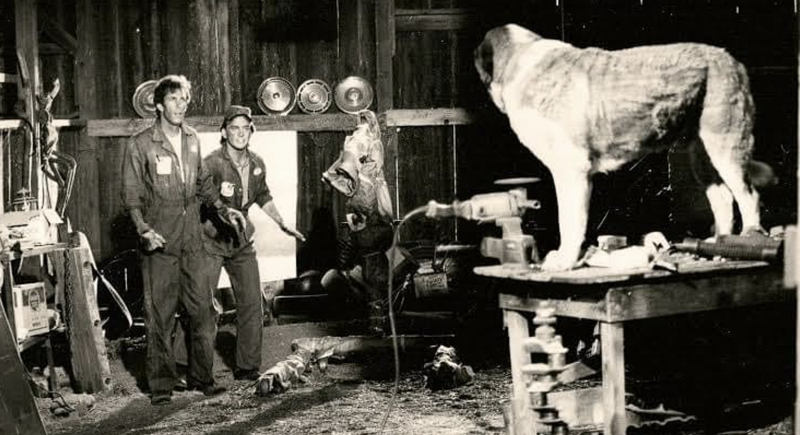
Credit: IMDb
To bring Stephen King’s rabid dog to life, director Lewis Teague used multiple trained St. Bernards, a mechanical stand-in, and a stunt performer in a dog suit. Trainers carefully staged every attack to protect the animals. Their teamwork produced a chilling realism that still defines Cujo as one of horror’s most convincing creature films.
Orca (1977)

Credit: IMDb
Shot in Newfoundland, Orca used trained killer whales from Marineland of the Pacific to interact with actors, including Richard Harris. The live footage gave the film its striking realism, though it later drew criticism from animal-rights groups. Despite controversy, the authentic orca scenes remain among cinema’s most memorable depictions of marine life.
Grizzly (1976)

Credit: IMDb
Marketed as “Jaws with claws,” Grizzly starred Teddy, an 11-foot Kodiak bear trained to perform choreographed attack scenes. Trainers used food cues while crews maintained a safe distance. The film became a surprise box-office hit and sparked a wave of imitators throughout the 1970s.
Night of the Lepus (1972)
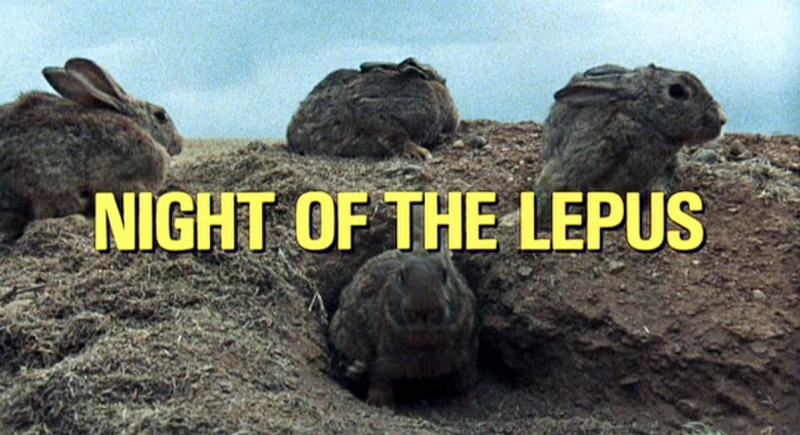
Credit: IMDb
In Night of the Lepus, ordinary rabbits were turned into “giant monsters” by filming them on miniature sets. The movie resulted in more comedy than fright as the animals calmly hopped around. Actress Janet Leigh later joked about pretending to be afraid of bunnies.
Fly Away Home (1996)
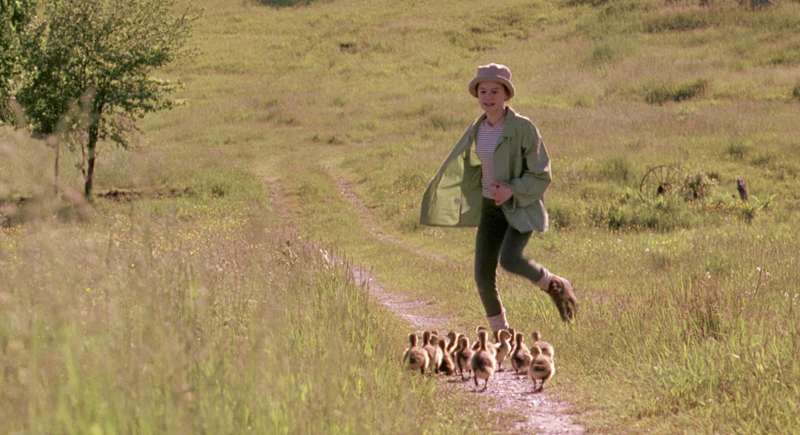
Credit: IMDb
Fly Away Home followed a girl teaching orphaned geese to migrate, using real birds trained to follow ultralight aircraft. Anna Paquin and Jeff Daniels spent months bonding with them under supervision. The lifelike footage not only enhanced the film’s charm but also inspired real-world conservation efforts for migratory birds.
Black Beauty (1994)
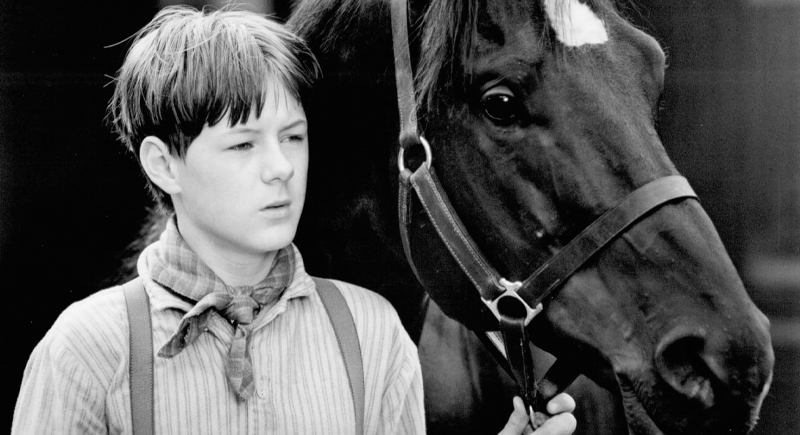
Credit: IMDb
Caroline Thompson’s version of Black Beauty used multiple horses to portray the same animal across different stages of life. Trainers focused on calm, ethical methods that reflected the novel’s compassion toward animals. Alan Cumming’s voice further brought warmth and continuity and turned this adaptation into one of the most emotionally grounded takes on the classic story.
Never Cry Wolf (1983)
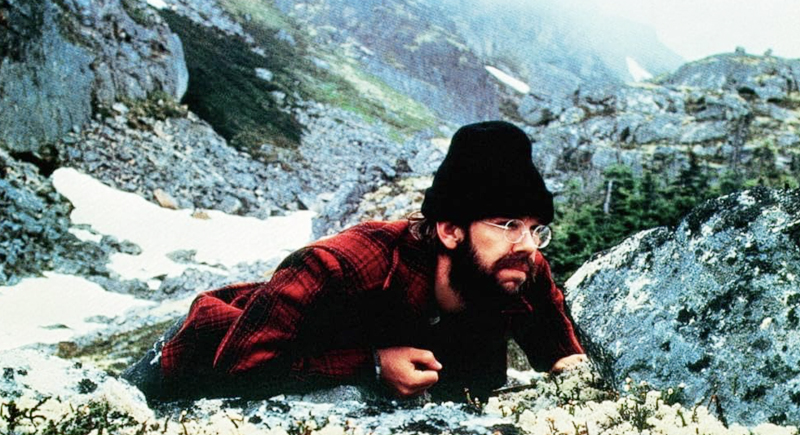
Credit: IMDb
Filmed across the Arctic tundra, Never Cry Wolf followed actor Charles Martin Smith as he lived among real wolves for months under close supervision. Director Carroll Ballard used the untouched environment as both backdrop and character to capture natural interactions that challenged long-held fears of wolves and emphasized their intelligence and cooperation.
Babe (1995)
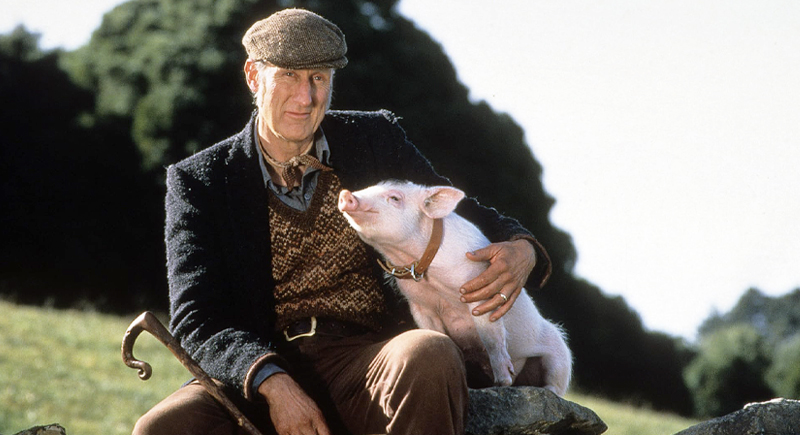
Credit: IMDb
For Babe, director Chris Noonan relied on a mix of live animals and animatronics to tell the story of a gentle pig who finds his purpose. Forty-seven piglets alternated in the role and were joined by trained dogs, ducks, and sheep. Patience and positive reinforcement from handlers led to seamless performances that felt completely natural.
The Bear (1988)

Credit: IMDb
Set in the Dolomites, The Bear tells its story almost entirely through animal behavior instead of dialogue. Bart the Bear and a cub named Youk lead the film, with mechanical effects used only when necessary. Its realism and emotional depth earned praise worldwide for portraying wildlife with rare sensitivity and restraint.
The Jungle Book (1994)
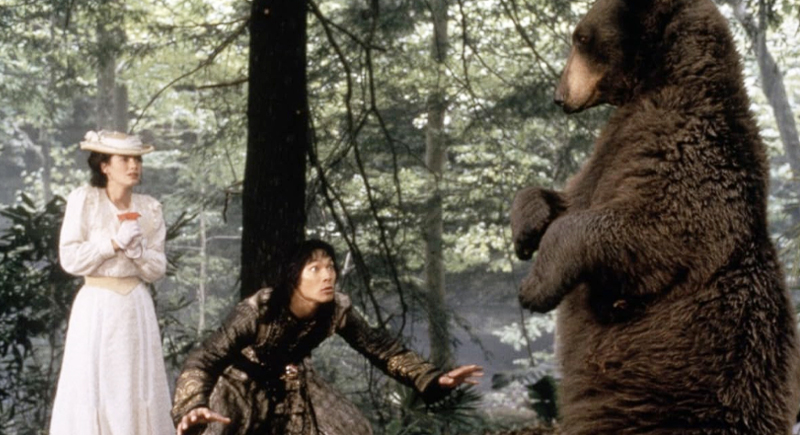
Credit: IMDb
Stephen Sommers’ live-action version of The Jungle Book relied heavily on real animals, including tigers, elephants, wolves, and monkeys. Over 150 animals and 40 trainers worked under supervision from the American Humane Association. Although some scenes used animatronics and early CGI for safety, most showcased authentic animal movement.
Life of Pi (2012)
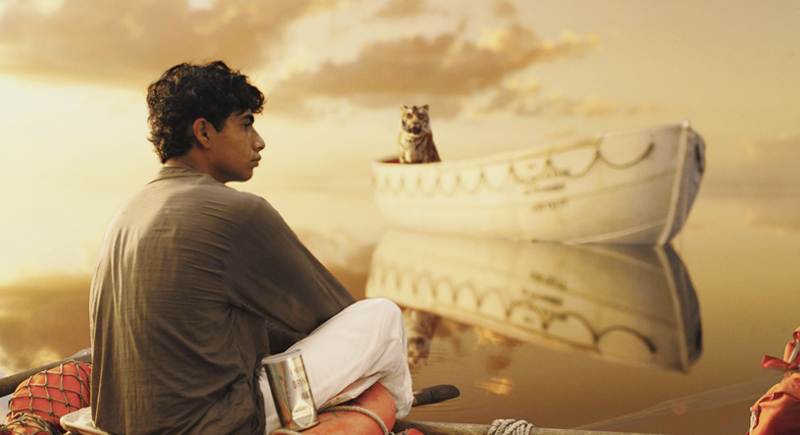
Credit: IMDb
Though remembered for its groundbreaking CGI, Life of Pi also featured a real Bengal tiger named King. Director Ang Lee used King for close-up shots to capture the animal’s authentic movements and behavior. Strict safety protocols and custom-built water tanks protected everyone involved.